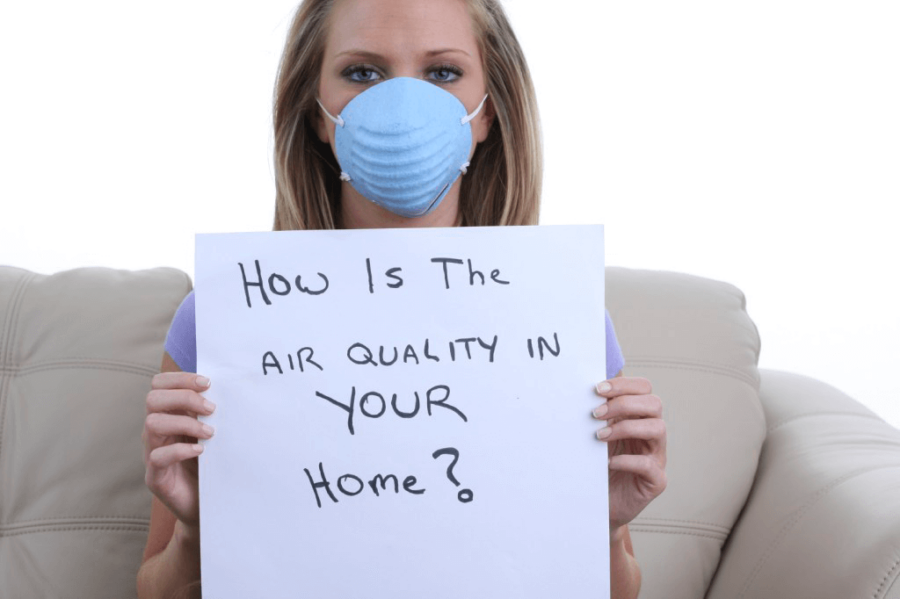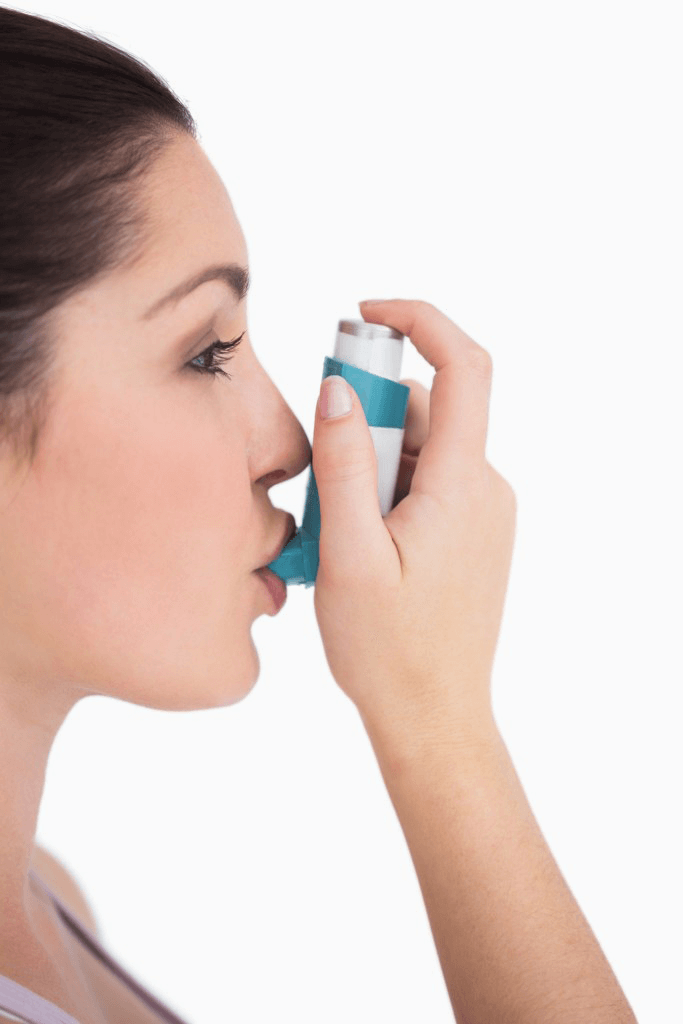The quality of air that we breathe affects our health either positively or negatively. As we go about our business outdoors, we are exposed to different types of air pollution that is harmful to our health. However, unlike popular belief, the air inside our homes and offices is even more polluted than the outdoors.
This is especially harmful for people with a weak immune system such as children, the elderly, and the sick. The sources of this indoor pollution also vary. A number of factors contribute to the seriously polluted indoor air.
There are certain ways through which the air pollutants can be minimized and other ways through which the indoor air quality can be improved. In this article, we will give you a background of how indoor air quality is compromised and what you can do to improve the quality of air inside your home.
What Reduces The Quality of Indoor Air?
Different types of pollutants can affect your home’s air quality. These pollutants when combined with some other factors further reduce the air quality. With reduced air quality, you are at risk of developing mild to severe symptoms associated with allergies, respiratory diseases, and other serious conditions.
Below are some of the causes of reduced air quality inside a home.
Air Pollutants
There are several sources of pollutants that enter our homes. If we can understand the sources, we would be in a better position to control them. Some of the most common pollutant resources are listed below:
- Combustion pollutants, which are released when materials are burned, are one of the sources of reduced air quality. These include pollutants released from fuel-burning appliances such as heaters and stoves, as well as burning other products such as oil, gas, kerosene, wood, or coal.
- Some other products also emit pollutants which can be harmful to the health. These include paints, varnishes, lacquer, pesticides, air fresheners, cleaning supplies, and new furnishings.
- Second-hand smoke from tobacco products can also increase air pollution and have an adverse effect on respiratory health.
- Central heating and cooling appliances can also emit harmful pollutants that reduce the air quality inside the house. If these appliances are not regularly cleaned and maintained, then they will contribute more towards poor indoor air quality.
- Outdoor air pollution can also reduce the indoor air quality.
Lack Of Ventilation
Pollutants from various electrical and mechanical appliances continue to increase in our houses. If enough outdoor air passes through the house, it takes away most of the pollutants with it outside.
However, if there is a lack of ventilation in your house, toxic pollutants will continue to grow inside which can become hazardous for your health. In some cases, it might not be possible to leave the windows and doors open to allow ventilation due to extreme weather conditions.. This aggravates the air quality inside the house.
A good solution will be to turn on air-conditioning and having regular servicing to ensure the filters can filter out these toxic pollutants. An average servicing for 3 units (with condenser) in Singapore costs only between $60-$80, and is certainly a worthwhile investment for long-term health benefits.
Molds
Molds are a type of fungus that grow in wet, damp, and humid environments. It not only compromises the visual appearance of any room but can also result in a number of negative effects for your health.
Molds produce spores which then float through the air inside your home. These spores reduce the indoor air quality and can result in a number of allergies including skin rashes, breathing problems, sneezing, watery eyes, itchy nose, and others. These spores can also trigger an asthma attack.
Having a scheduled cleaning service for your home can greatly reduce the chances of mold multiplying, and having regular cleaning bring health benefits as well.
A typical cleaning company in Singapore costs between $20-$35 an hour, while freelancers can be cheaper, charging between $15-$20 an hour.
Strategies To Improve Indoor Air Quality
When you are exposed to air pollutants inside your home, you may experience its adverse effects immediately or later in life. These effects are experienced immediately by children, the elderly, and already ill patients. However, some negative effects of poor air quality may become evident after many years.
These can be in the form of dangerous and severe diseases such as heart diseases, respiratory illnesses, and even cancer. Therefore, you must take the time and effort to improve the indoor air quality to minimize your exposure to its possible negative health impacts.
Here, we will describe a few strategies which you can adopt to improve the indoor air quality of your home:
Control The Causes Of Indoor Air Pollution
The first step in improving the indoor air quality is to identify the air quality problems and then try to control what might be causing them. If you experience certain health symptoms the same time you move into a new house, or have your house painted, or when you buy some new furniture, or anything similar with which you can associate your symptoms, it is a good idea to discuss it with your doctor to see if poor air quality in your home might be a culprit.
Once you have identified the source of pollutants, you can try to control them. Hazardous emissions from electrical or mechanical appliances can be reduced by getting them checked and adjusted for any faults or leakages.
Similarly, you can avoid pollutants released from burning of coal, wood, or other products by choosing alternative forms of energy dissipation. In short, controlling the source of air pollutants will not only help in improving your indoor air quality but also make your home cost-effective.
Improve Ventilation
Improving ventilation inside your home is also a vital aspect of good indoor air quality. Through proper ventilation, you allow the outdoor wind to blow away air pollutants inside your home. It’s crucial to remember to do this when the air outside is cleaner than the air inside. Check for your area’s air quality index (AQI) to make sure.
If you can’t open doors or windows, there are alternatives to reduce indoor air pollution. Examples are installing exhaust fans, replacing your HVAC filters regularly, or installing an appliance that allows the air to circulate inside your home.
Doing these activities not only helps your home reduce air pollutants but also inhibits the growth of mold spores inside your home.
Use Of Air Filters
Various kinds of air filters are also available in the market that prove to be effective in filtering the outside air when it is blown inside. Most cooling and heating devices have in-built air filters that do not allow dust, particles, and other small substances inside. However, cleaning these air filters regularly is very important otherwise they themselves can contribute to poor indoor air quality.
Use of Air Cleaners
A number of different air cleaners are also available which can help in improving indoor air quality. These range from simple cleaners that you can place on the table to more sophisticated ones which can be installed in every room of the house. An air cleaner collects pollutants from the air and blows the filtered or clean air back. Different air cleaners are designed to clean different types of air pollutants and are quite effective in improving indoor air quality.
We spend most of our time indoors, whether it is at home, office, school, or college. Equipped with enough knowledge, you can avoid poor indoor air quality and know how to combat it properly. Use the tips we shared above and notice how it changes the air inside your home. To make sure, you can even use an air sensor like uHoo to actually ‘see’ the changes in the air you breathe.







